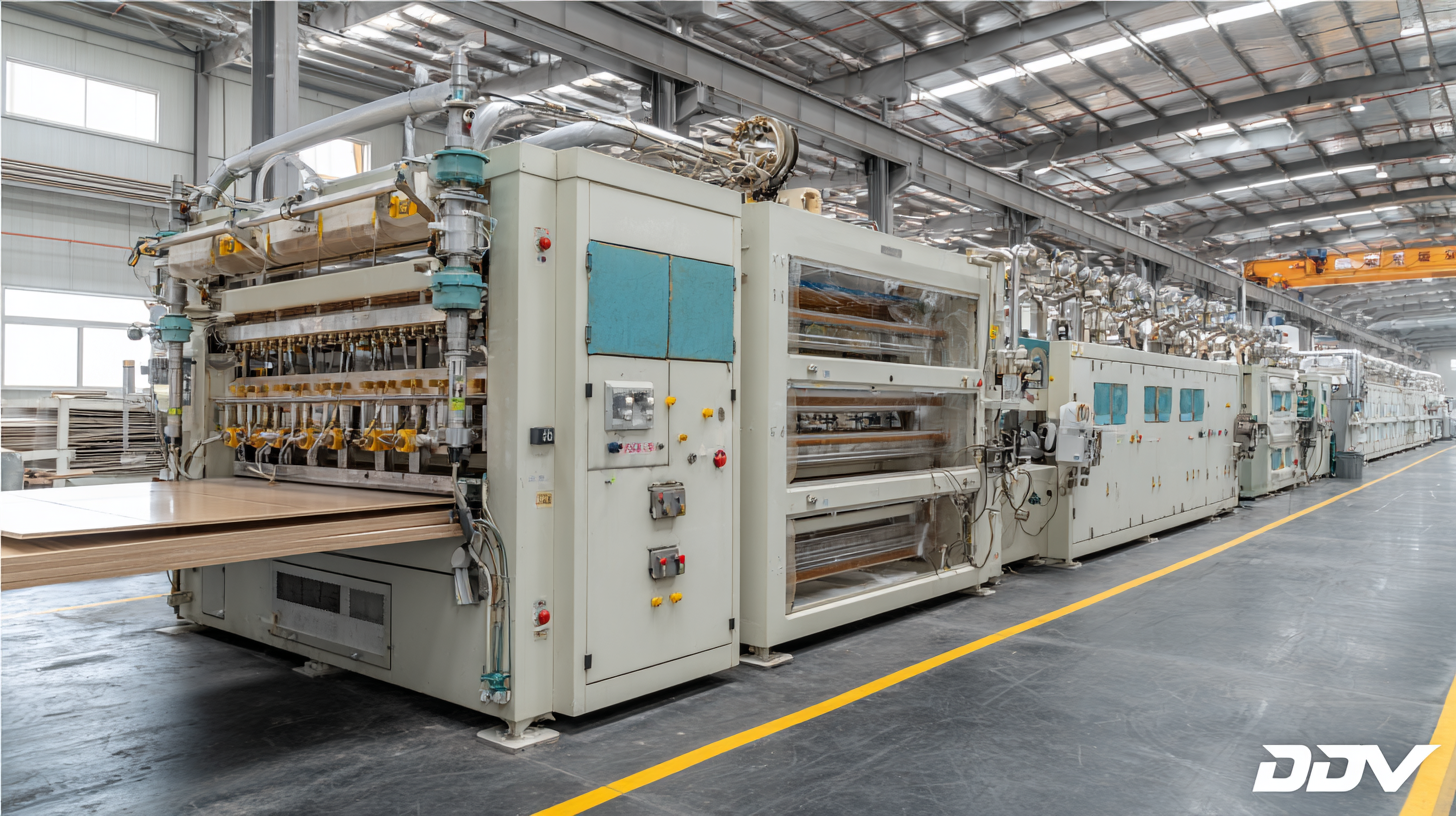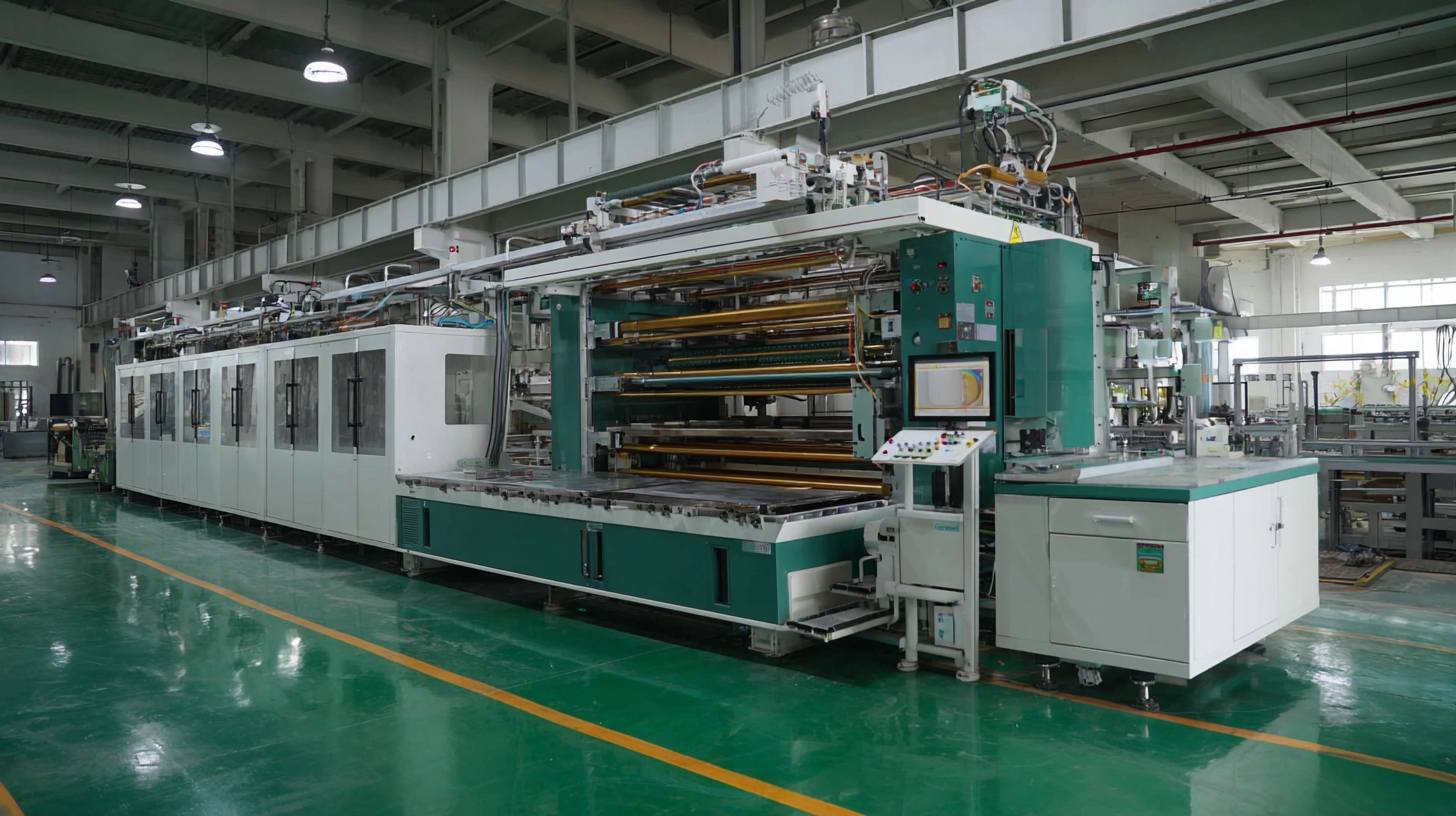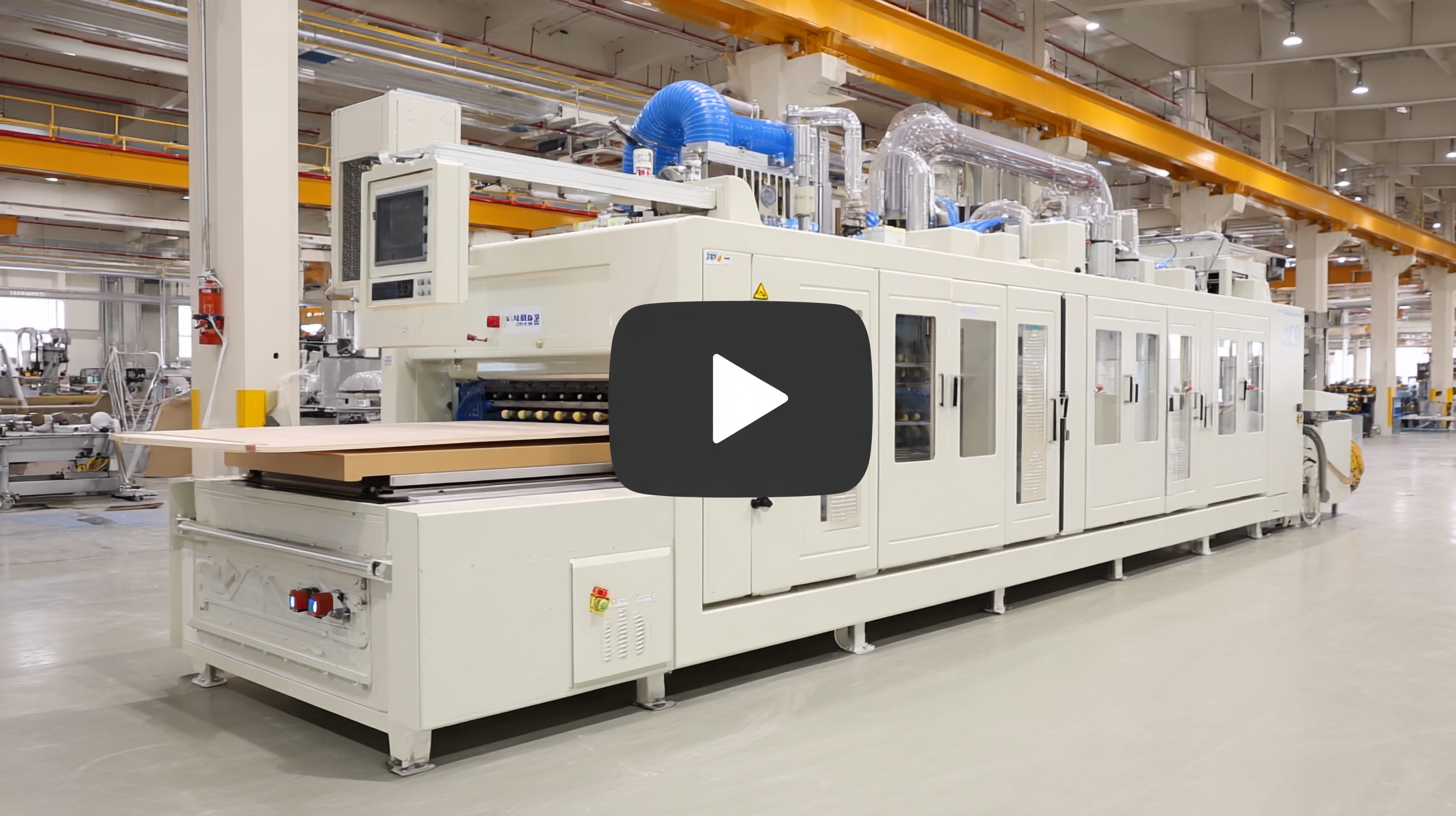
How to Select the Right PVC Cabinet Door Vacuum Membrane Press Machine for Your Needs
In the modern furniture manufacturing industry, efficiency and precision are key to maintaining competitiveness. One crucial piece of equipment that has gained prominence is the PVC Cabinet Door Vacuum Membrane Press Machine, which is instrumental in producing high-quality cabinet doors with a finished surface that is both aesthetically pleasing and durable. According to a recent market analysis by Grand View Research, the global furniture market is expected to reach USD 650 billion by 2025, with an increasing demand for innovative and cost-effective manufacturing solutions. As manufacturers look to enhance their production capabilities, understanding how to select the right PVC Cabinet Door Vacuum Membrane Press Machine tailored to specific needs becomes essential. In this blog, we will explore various industry application cases, highlighting the importance of making an informed decision that can lead to improved operational efficiency and product quality.

Understanding PVC Cabinet Door Vacuum Membrane Press Machines: Key Features to Look For
When selecting a PVC cabinet door vacuum membrane press machine, understanding the key features is crucial to ensure it meets your production needs. One of the most important aspects is the machine’s heating system. A reliable heating mechanism ensures uniform temperature distribution, which is essential for effectively adhering the PVC to the substrate. Look for machines that offer adjustable heating settings, allowing you to customize the temperature based on the specific materials you're using.
Another critical feature is the vacuum system. A strong and efficient vacuum pump is necessary for creating the pressure needed to ensure a secure bond between the PVC film and the cabinet door. Machines equipped with dual vacuum systems tend to provide better results, as they help to eliminate air pockets and reduce the risk of bubbles during the pressing process. Additionally, consider the size of the machine; ensuring it fits your workspace and can handle the dimensions of your projects is vital for maximizing productivity and efficiency. Selecting a machine that combines these features will ultimately enhance your workflow and improve the quality of your finished products.

Evaluating Your Production Needs: Size and Capacity Considerations
When selecting a PVC cabinet door vacuum membrane press machine, evaluating your production needs is paramount. Key considerations include the size of the machine and its capacity to handle your specific project requirements. A larger machine may be necessary if you're working on extensive cabinet runs, while smaller models can be more efficient for batch production or smaller projects. Assessing the dimensions of the cabinet doors you plan to produce will also guide you in selecting the right machine size, ensuring that it can accommodate both the pressing of larger doors and the complexities involved in intricate designs.
Capacity is another critical factor to consider. Think about your production goals and how many doors need to be processed within a specific timeframe. Machines with higher capacities are ideal for larger production facilities, as they can streamline operations and reduce overall processing time. Conversely, if your focus is on quality and precision for custom jobs, a machine with a lower capacity may allow for more meticulous control over the pressing process. Balancing these considerations will help you find a PVC cabinet door vacuum membrane press machine that meets your operational demands and supports your workflow effectively.
Comparing Machine Types: Single vs. Multi-Sheet Presses
When selecting a vacuum membrane press machine for PVC cabinet doors, understanding the differences between single and multi-sheet presses is crucial. Single-sheet presses are ideal for smaller operations or batch production. They offer versatility, allowing operators to focus on intricate designs and detailed work without overwhelming complexity. The simplicity of a single-sheet press makes it easier to manage, enabling quick adjustments for diverse projects while maintaining high-quality results.
On the other hand, multi-sheet presses cater to larger-scale production needs. They are designed to handle multiple sheets simultaneously, greatly increasing productivity and efficiency. This type of machine is perfect for manufacturers looking to optimize their workflow and reduce turnaround times. However, the complexity of multi-sheet presses can require a steeper learning curve and more maintenance, making them suitable for businesses prepared for higher volume production and equipped with the necessary skills to operate and maintain such machines effectively. Ultimately, the choice between single and multi-sheet presses should align with your production goals and technical capabilities.

Budgeting for Your PVC Cabinet Door Press: What to Expect in Pricing
When budgeting for a PVC cabinet door vacuum membrane press machine, it's essential to understand the pricing landscape. Based on recent industry reports, prices for these machines typically range from $20,000 to $50,000, depending on the features and capabilities. For instance, entry-level models will offer basic functionalities, while more advanced versions include automated systems for faster production and enhanced precision. Manufacturers often provide options for additional components that can further impact pricing—like upgraded heating systems and custom mold sizes—which can add thousands to the overall cost.
Tips for budgeting effectively include considering both upfront and long-term costs. While lower-priced models may seem appealing, they may lack durability and efficiency, leading to higher maintenance expenses. It's also crucial to factor in the cost of training for your team; investing in skilled operators can maximize your machine's productivity. Furthermore, don’t overlook potential financing options or leasing programs that can spread expenditures over time, making it more manageable for your business to invest in high-quality equipment.
Finally, research multiple suppliers and ask for quotes that include not just the machine price but also potential shipping and installation fees. This comprehensive approach to budgeting will ensure that you make an informed purchase that aligns with your operational needs and financial resources.
After-Sales Support: Importance of Warranty and Customer Service in Equipment Selection
When selecting the appropriate PVC cabinet door vacuum membrane press machine, after-sales support should be a critical consideration. A robust warranty is not just a safety net; it's an indicator of the manufacturer's faith in their product's durability and reliability. According to a report from the Association of Woodworking & Furnishings Suppliers (AWFS), nearly 30% of manufacturers encounter mechanical failures within the first five years of operation. By investing in equipment with strong warranty coverage, businesses can safeguard against unexpected repair costs and ensure operational continuity.
Moreover, customer service plays a vital role in equipment selection. A survey conducted by the International Woodworking Fair revealed that 65% of manufacturers prioritize post-purchase support over initial price when choosing machinery. Well-established brands often provide comprehensive training and timely assistance, allowing users to maximize the machine's capabilities. With the complexity of modern machinery, having a reliable support system can lead to improved productivity and reduced downtime, ultimately impacting the bottom line. Thus, incorporating after-sales support into your decision-making process can be as crucial as evaluating the machine's specifications and price.
